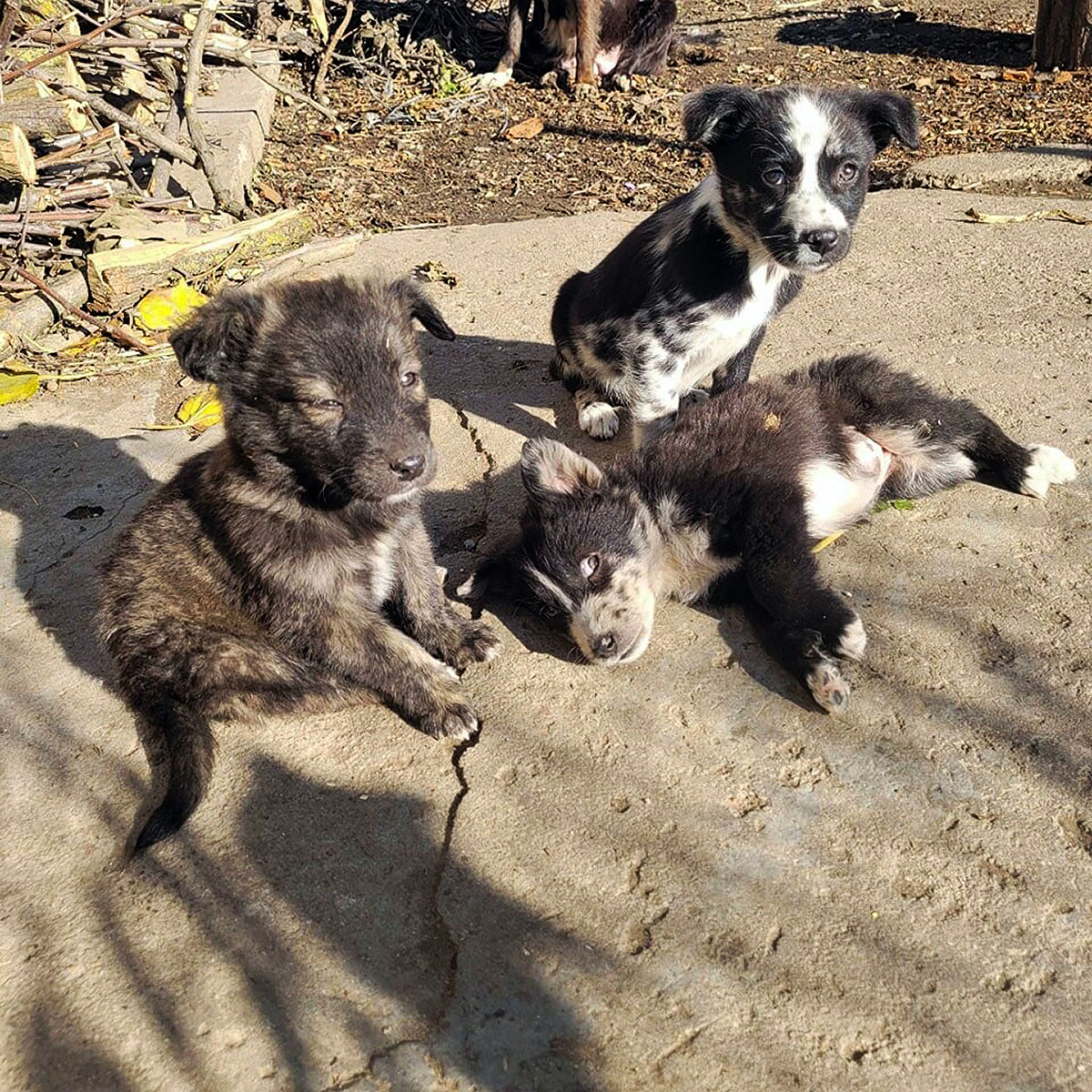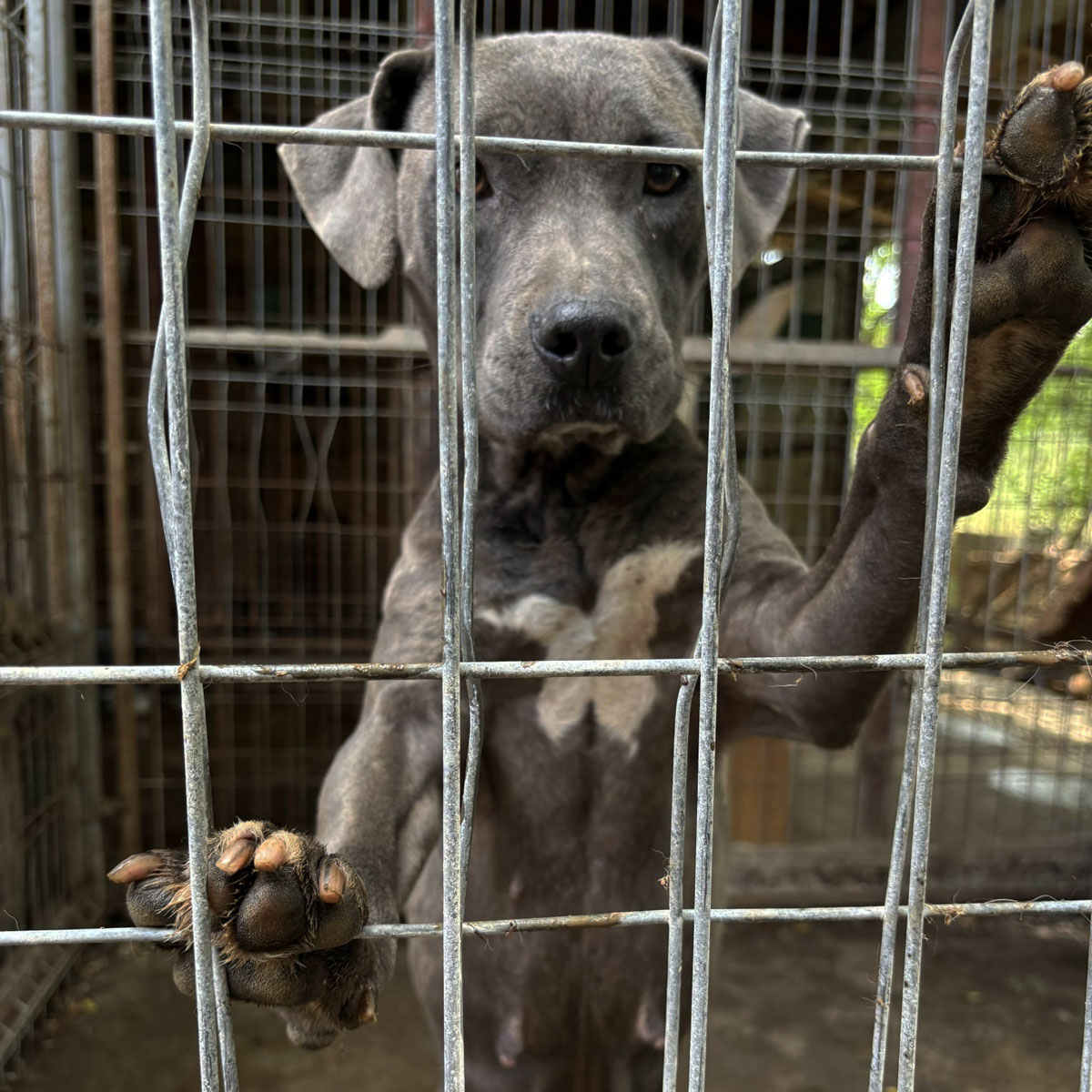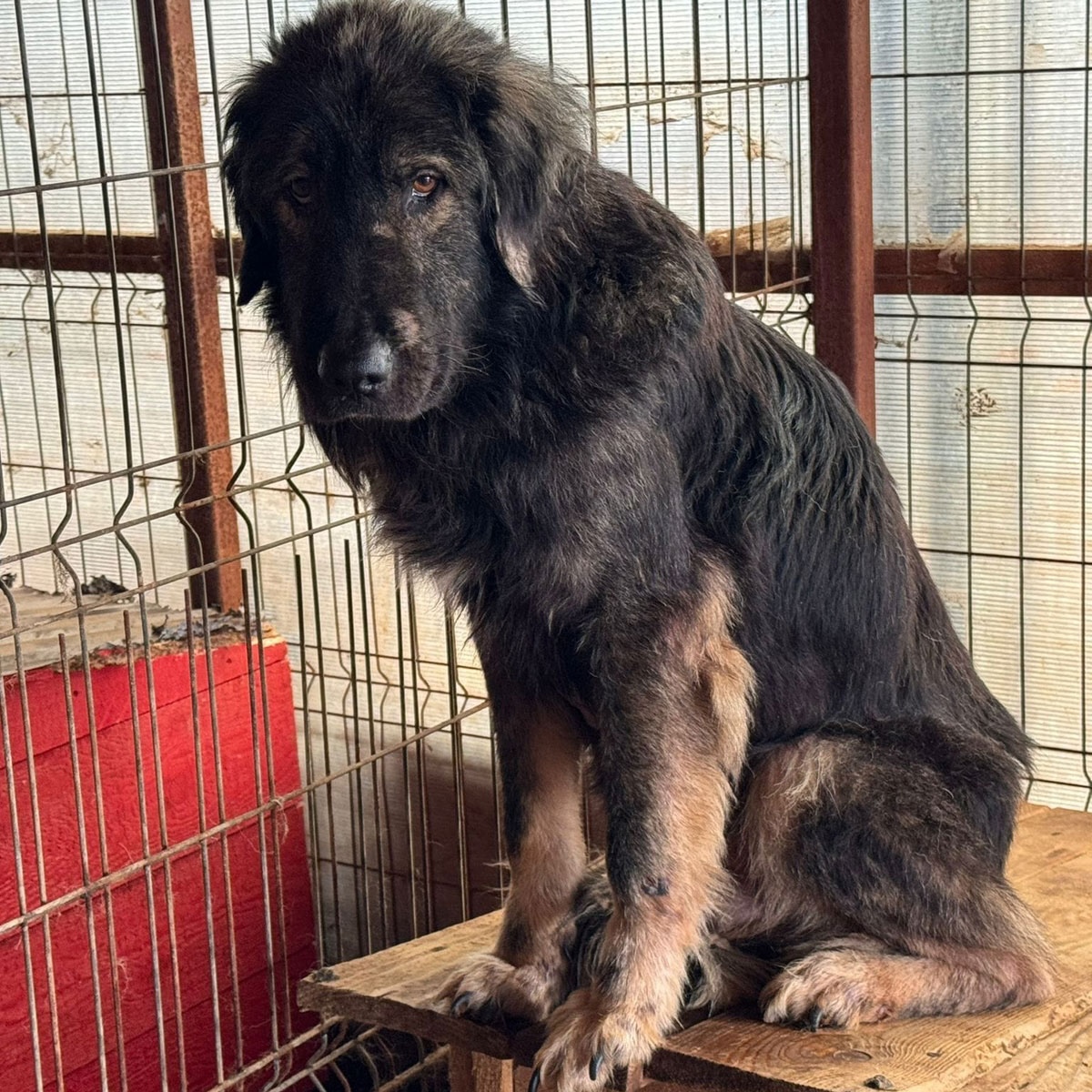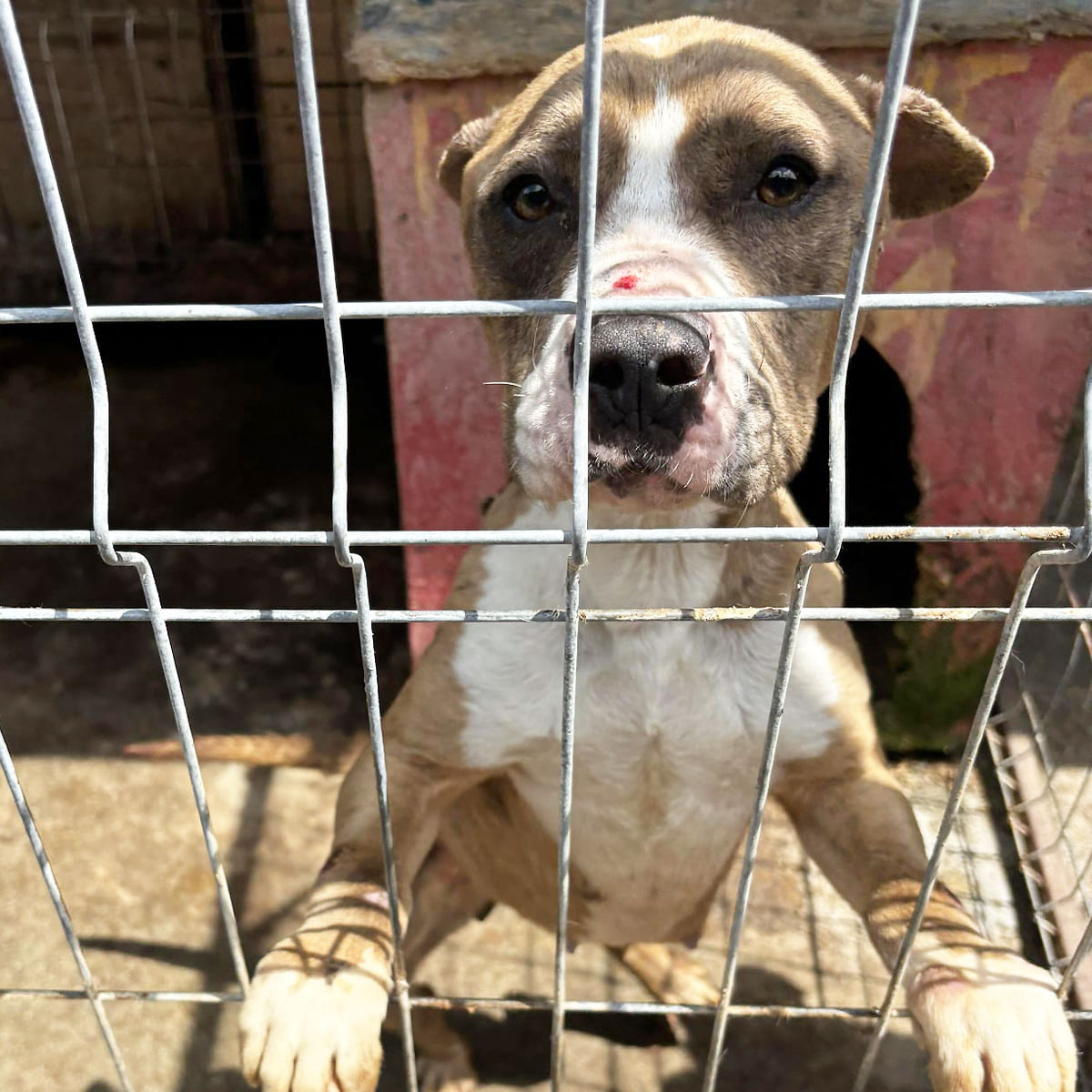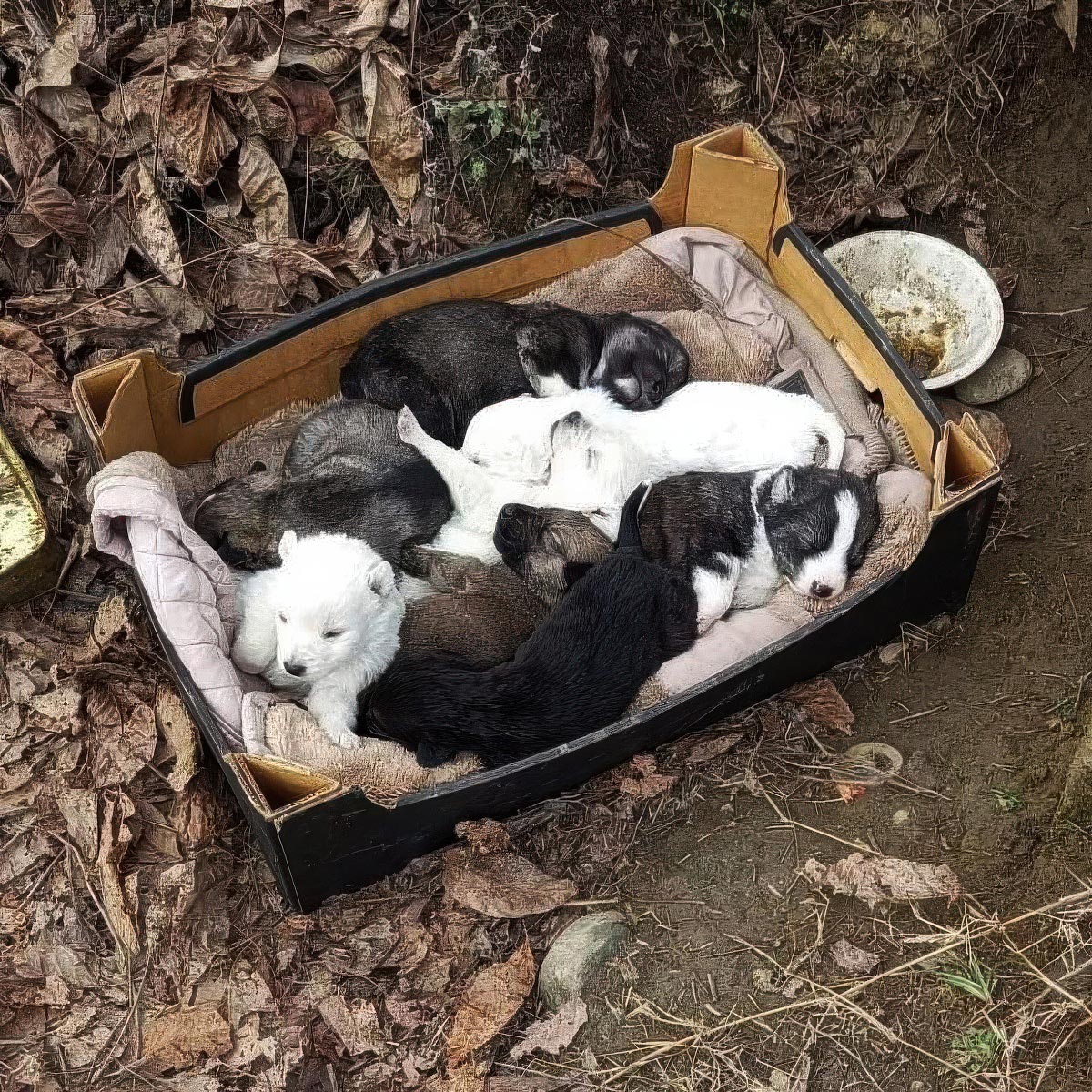Situation in Romania
The Situation for Stray Dogs in Romania
A Crisis Rooted in History and Complexity
Romania has struggled with a serious stray dog problem for decades. The issue began in the 1980s when many families had to leave their rural homes and move into small city apartments. This sudden change forced many to abandon their pets, leading to a rapid increase in stray dogs. Over time, these dogs reproduced, and the population grew out of control. With little focus on animal welfare, limited resources, and few programs to help, Romania now has one of the largest stray dog populations in Europe.
For the dogs, life on the streets is extremely harsh. Many suffer from hunger, disease, or injuries caused by accidents. Others face abuse or cruel treatment. Public shelters are overcrowded and underfunded, often unable to provide even basic care. Without proper food, medical care, or shelter, these dogs live in constant fear and pain. The situation shows a clear need for long-term solutions, such as spaying and neutering, to reduce the number of strays and give these dogs a chance at a better life.
The 2013 “Kill Law”
A Controversial Policy and Its Lasting Impact
In 2013, after a tragic incident involving a stray dog, the Romanian government passed the “kill law.” This law allows local authorities to euthanize stray dogs that are not claimed or adopted within 14 days of being captured. While the law was meant to reduce the number of stray dogs, it has been widely criticized for its cruel methods and lack of focus on long-term solutions. Instead of addressing the root causes of the problem, it focuses on short-term measures that often lead to the unnecessary suffering and killing of many dogs.
Most government funding goes toward capture-and-kill programs, leaving very little for humane alternatives. Public shelters are overcrowded and poorly funded, with dogs suffering from a lack of food, medical care, and space. The kill law has also led to corruption in some areas, with reports of funds being misused and inhumane euthanasia practices being carried out. Despite the intent to control the stray population, this approach has not solved the problem. Stray dogs continue to suffer, and the cycle of overpopulation remains.
Inhumane Practices in Public Shelters
Overcrowded Conditions and the Price of Limited Resources
Many public shelters in Romania are overwhelmed by the large number of stray dogs. Overcrowding forces the animals into small, cramped spaces where they can barely move. The lack of cleanliness allows diseases to spread quickly, leaving many dogs sick without access to proper medical care. Food is often scarce, leading to malnutrition, while inadequate shelter leaves the dogs exposed to harsh winters and hot summers. These conditions cause great physical suffering and create a stressful environment that can leave the dogs scared and anxious.
What happens to manage the population in some shelters is even more troubling. Without proper resources, training, or oversight, euthanasia is often carried out in cruel ways, such as poisoning, beating or burning. These methods lead to unnecessary suffering and strip the animals of their dignity. Combined with the high death rates caused by disease and neglect, many of these shelters fail to provide the safe haven they should. This highlights the urgent need for reforms, better funding, and stricter regulations.
Why Romania’s Dogs Need International Help
A Collective Effort for Lasting, Humane Solutions
Romania’s stray dog crisis is too large for the country to handle alone, making international support essential. Many local animal welfare groups are underfunded and overwhelmed, struggling to provide enough food, medical care, and shelter for the growing number of stray dogs. International rescues and shelters play a key role by offering financial aid, medical supplies, and adoption networks. These partnerships give thousands of dogs a second chance at life, with many being rehomed abroad with loving families.
International support is also vital for creating long-term solutions. Donations from foreign organizations help fund spaying and neutering programs, which tackle the root cause of the crisis by preventing unwanted litters. Partnerships with trusted international groups also bring transparency and ensure that resources are used effectively. Together, local and global efforts work toward lasting, humane solutions that not only save individual dogs but also improve animal welfare in Romania as a whole.
Current Numbers and the Scale of the Crisis
Facing the Reality: How Big is the Problem?
Romania’s stray dog population is estimated to be between 100,000 and 600,000. In cities, more stray dogs are found because there is easier access to food and more contact with people. In rural areas, roaming dogs are often left unspayed or unneutered, which adds to the problem. Public shelters are overcrowded, housing thousands of dogs in poor conditions. Many shelters do not have enough food, veterinary care, or space, leaving the animals stressed, sick, and at risk of high death rates.
The lack of funding and proper infrastructure makes it nearly impossible to handle the crisis in a humane way. The “kill law” has been used as a main method to control the population, but it has not proven effective. Without spaying and neutering programs, the stray population keeps growing. The situation has gained attention from international media and animal welfare groups, who are calling for change. However, without strong cooperation between the government and non-profits, the cycle of overpopulation and suffering is unlikely to stop.
Supporting Ramona’s Mission
Hope for Romania’s Strays
In the midst of Romania’s stray dog crisis, Ramona’s shelter offers a vital lifeline to dogs in need. The shelter is built on compassionate care, ensuring that every dog receives medical treatment, proper food, and a safe space to recover and rebuild trust. For dogs that can be adopted, Ramona and her team work hard to find loving homes, giving these animals a fresh start. For those who cannot be rehomed because of age, health issues, or trauma, the shelter plans to create a sanctuary where they can live the rest of their lives in comfort and safety.
When you support Ramona’s mission, you help meet the immediate needs of the dogs while contributing to a long-term plan for ethical animal care. Donations and other contributions directly fund essential services like food, medical care, and shelter upkeep. Ramona’s shelter serves as a model for humane and effective animal welfare in Romania. Your support makes a real difference, helping to change lives for individual dogs and improve the situation for stray dogs across the country.
